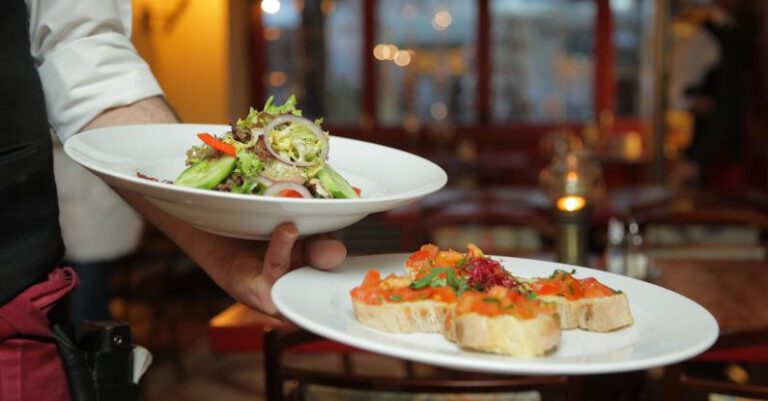
Pairing food and wine is an art that can elevate your dining experience to new heights. When done correctly, the combination of flavors can enhance each other, creating a harmonious balance that tantalizes the taste buds. Whether you are hosting a dinner party or simply enjoying a quiet meal at home, understanding the principles behind pairing food and wine can help you make the most of your culinary adventures.
Understanding Flavor Profiles
To successfully pair food and wine, it is essential to understand the basic flavor profiles of both. Wine can generally be categorized into four main flavor profiles: sweet, acidic, bitter, and salty. Similarly, food can be classified based on its flavor components, such as sweetness, acidity, bitterness, and saltiness. By matching complementary or contrasting flavors between the food and wine, you can create a more enjoyable dining experience.
Consider the Intensity of Flavors
When pairing food and wine, it is crucial to consider the intensity of flavors in both elements. A delicate white wine may be overpowered by a heavily spiced dish, while a robust red wine could overshadow a light salad. Matching the intensity of the wine with the dish can help ensure that neither the food nor the wine overwhelms the palate, allowing the flavors to harmonize seamlessly.
Complementing Flavors
One of the key principles of food and wine pairing is to complement the flavors of both elements. For example, a rich, buttery Chardonnay can pair beautifully with creamy pasta dishes, as the wine’s buttery notes echo the richness of the sauce. Similarly, a crisp Sauvignon Blanc can be an excellent choice to accompany seafood dishes, as its citrusy acidity can cut through the richness of the seafood, enhancing the overall dining experience.
Contrasting Flavors
While complementing flavors can create a harmonious pairing, contrasting flavors can also result in a delightful culinary experience. Pairing a spicy dish with a slightly sweet Riesling can create a balance between heat and sweetness, enhancing the flavors of both the food and the wine. Similarly, pairing a bold Cabernet Sauvignon with a tangy tomato-based dish can create a contrast that highlights the individual characteristics of each element.
Consider Regional Pairings
Another useful tip for pairing food and wine is to consider regional pairings. Wines and foods that originate from the same region often complement each other well, as they have evolved together over time. For example, Italian Chianti pairs beautifully with traditional Italian dishes like pasta with tomato sauce, while French Bordeaux can be a perfect match for classic French cuisine such as coq au vin. Exploring regional pairings can provide insight into the cultural heritage and traditions of a specific cuisine, enhancing your dining experience.
Experiment and Trust Your Palate
While there are guidelines for pairing food and wine, the most important tip is to experiment and trust your palate. Everyone’s taste preferences are unique, so don’t be afraid to try unconventional pairings or trust your instincts when selecting wines for a meal. Keep an open mind, explore different combinations, and pay attention to how the flavors interact on your palate. Over time, you will develop a better understanding of what works best for your tastes and preferences.
Incorporate these tips into your dining experiences, and you will be well on your way to mastering the art of pairing food and wine. By understanding flavor profiles, considering the intensity of flavors, complementing or contrasting flavors, exploring regional pairings, and trusting your palate, you can create memorable dining experiences that elevate your meals to new heights. Cheers to delicious food and wine pairings!





